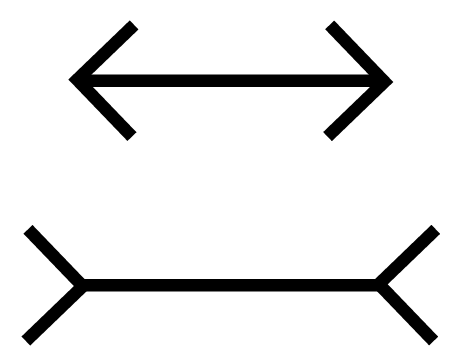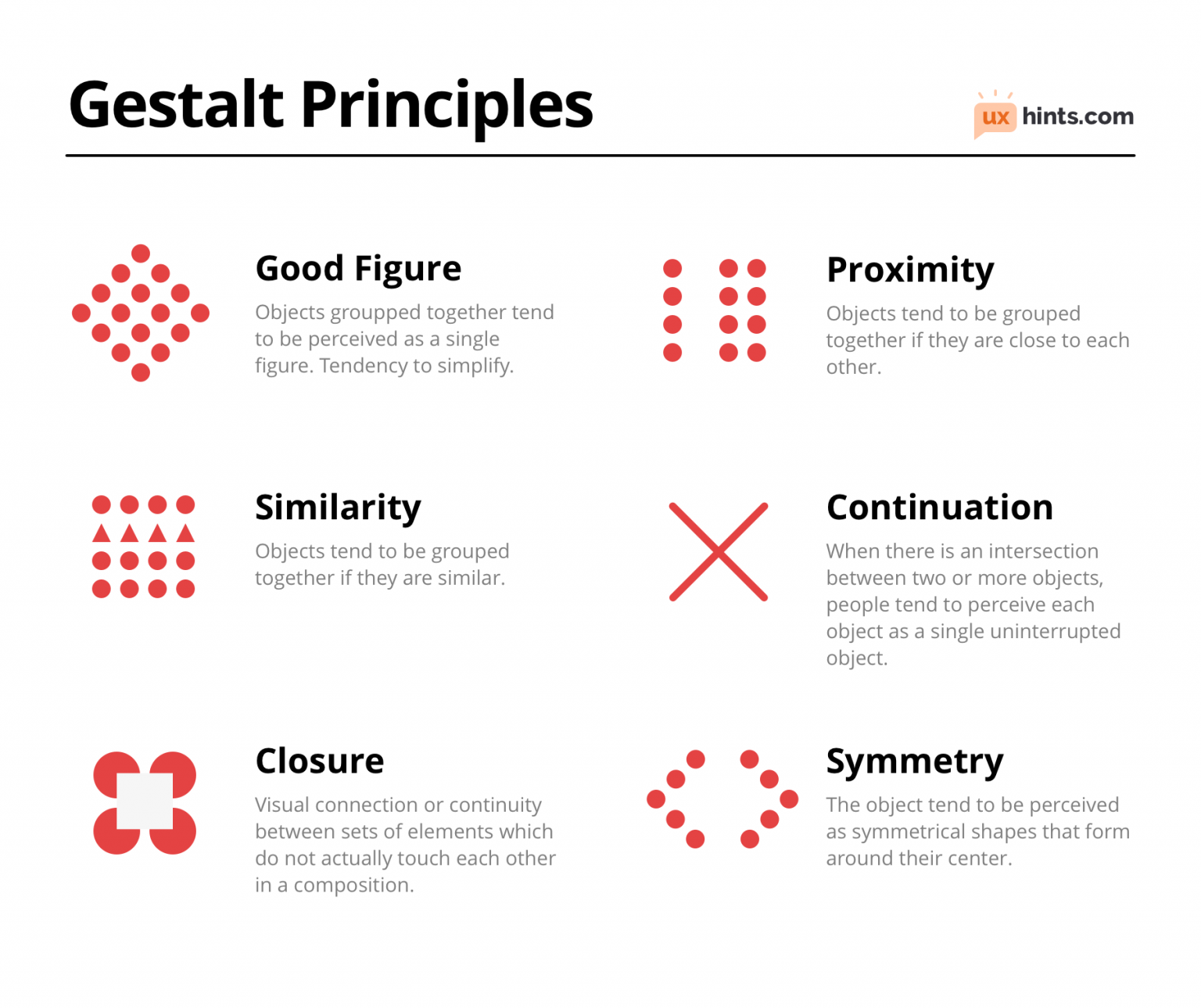Dalia Savy
Haseung Jun
A
Audrey Damon-Wynne
AP Psychology 🧠
334 resourcesSee Units
What is Perception?
Organizing and interpreting sensory information is all part of perception. Now, you may ask, what's the main difference between sensation and perception? Sensation is the actual awareness of our environment through the five senses while perception is the way we interpret this sensory information to tell us something about our environment, making sense of where we are.
Perceptual Processes
We process information unconsciously as our neuron systems work together, each performing part of the task. It's important to understand that perception is majorly influenced by expectations, context, emotions, and motivations.
Your perceptual set is your mental predisposition to perceive one thing but not another. Our perceptual set can change: what we see, feel, taste, and touch. If someone told you that this new restaurant opened nearby and had really delicious food, you would expect to really enjoy the food, so you go and try it. The smell of juicy steak as you enter the restaurant, along with your expectation of the food tasting well, might influence your taste and possibly make you think the food tastes better than it really does.
Our perceptual set is determined by our schemas 💾 , which are concepts that organize information in our experiences. Popular examples of schemas are stereotypes and social roles.
The context effect has to do with top-down processing and the brain going back in time, allowing a later stimulus to determine how we perceive an earlier one.
Attention
Our attention to our surroundings can change our perception. Selective attention is our focus on a particular stimulus among others. One of the most famous examples of selective attention is the cocktail party effect, where at a party, you can hear one voice among a million others. You are only focused on that one person, so all of your attention is centered on them, blocking out all of the “noise.”
Our lack of attention could also lead to blindness: a failure to notice stimuli.
- Inattentional Blindness: This occurs when you fail to see visible objects when your attention is focused elsewhere. 😎
- To better understand inattentional blindness, and possibly even experience it: click here!
- You may have been so focused on the task given to you that you would have never noticed the most obvious stimuli in the midst of all the action!
- Change Blindness: The failure to notice significant changes in our environment.
- To see this occur to people, watch the following video at 1:41.
Depth Perception
We live in a three-dimensional world. Isn’t it wild that our brain can perceive this and judge the distance of objects? This is called depth perception, and cues (monocular and binocular) can guide us when judging distance.
👁 Monocular Cues: cues available with only one eye like interposition, relative height, relative motion, linear perspective, relative size, light and shadow
📝 Read: AP Psychology - For more on Monocular Cues
👀 Binocular Cues: cues that depend on the use of both eyes. Since your eyes are 2.5 inches apart, they have different views of the world. Combined, a new perspective is created.
The main binocular cue to know is retinal disparity, the difference between the two images. Comparing the images from both eyes, your brain is able to judge distance.
Imagine viewing a car as it approaches you. You know that the car isn’t getting bigger, but it appears like it is, since it's getting closer to you. This is an example of perceptual constancy, where you perceive moving objects as unchanging.
Something really interesting and fun has to do with our perceptual organization, in which our vision always wins when it competes with our other senses (visual capture). The McGurk Effect is one of the most common examples of visual capture; watch the video linked below! Even though the sound doesn't change and consistently says “Bill,” you can hear other things because of what you are seeing. Your eyesight dominates over your hearing, making you hear what you see.
Perceived Motion
Our brain is able to detect how fast what we see is moving and figure out our own movement of the body. But a cool thing about our brain is that even if we see something that isn't moving, we'll still think it's moving! This cool effect, called the stroboscopic effect, is actually what allows us to watch animated movies. Technically (I'm sorry to break this to you 😥), characters in animated movies aren't actually moving 🤯. Instead, what you're seeing is a series of images presented at a high speed, making your brain think that the characters are. I know, I always thought Mickey Mouse 🐭 actually moved, too.
Another phenomenon is the phi phenomenon. When you look at holiday lights, your brain will think it's one moving light if the series of lightbulbs are turned on and off at a particular rate. Our brain likes to make stuff up, I guess 🤷♀️.

Image Courtesy of Indy's Child
Last is the autokinetic effect. When you stare at a spot of light projected on the wall for a long time, your brain will make you think that the spot of light is actually moving 🏃♂️. Crazy, right? 😏
Constancy
Everything we see is constantly changing (angle of vision, variation in lighting). So how does our brain manage that? Well our ability to maintain constant perception is called constancy. There are multiple types of constancy.
| Size constancy | Objects closer to us are supposed to be bigger, but we take distance into account when making size estimations. Cool right? If we already know the size of the object, we know it suddenly won't change, so our brain takes that into account. |
| Shape constancy | Object viewed from different angles have a different shape. Our brain, again, takes all of this into account knowing that an object won't suddenly change shape. |
| Brightness constancy | Light reflections constantly change depending on where the light source is at which angle. Our brain, which is smart enough, will know that an object won't suddenly change color. For example, you know the grass is going to stay green, even if the sunlight makes it appear as thought it's changing color. |
Culture
One factor that may come to surprise is culture. The truth is, our beliefs, expectations, and behavior can deeply affect your perception of anything. And culture plays a huge role in this.

Image Courtesy of How Emotions Are Made
Cross-cultural studies showed that some people perceived things differently. For example, if you look at the Muller-Lyer illusion above, you might think the second segment of line looks longer. Those who come from noncarpentered cultures (cultures that don't use right angles and corners when building architecture) are usually not fooled by the illusion. This shows that culture plays a huge role in perception!
Gestalt Principles
There are many principles of perception that help explain key ideas of perception.

Image Courtesy of People@UTM
- Principle of closure states that we tend to fill in gaps in patterns
- Principle of similarity states that similar objects tend to be grouped together
- Principle of continuity states that even if an object is intersected, we still tend to consider it as one whole uninterrupted object
- Principle of proximity states that close objects tend to be grouped together
- Principle of good figure states that we tend to see grouped objects as one whole object
🎥Watch: AP Psychology - Principles of Sensation and Perception
Browse Study Guides By Unit
🔎Unit 1 – Scientific Foundations of Psychology
🧠Unit 2 – Biological Basis of Behavior
👀Unit 3 – Sensation & Perception
📚Unit 4 – Learning
🤔Unit 5 – Cognitive Psychology
👶🏽Unit 6 – Developmental Psychology
🤪Unit 7 – Motivation, Emotion, & Personality
🛋Unit 8 – Clinical Psychology
👫Unit 9 – Social Psychology
🗓️Previous Exam Prep
📚Study Tools
🤔Exam Skills

Fiveable
Resources
© 2025 Fiveable Inc. All rights reserved.